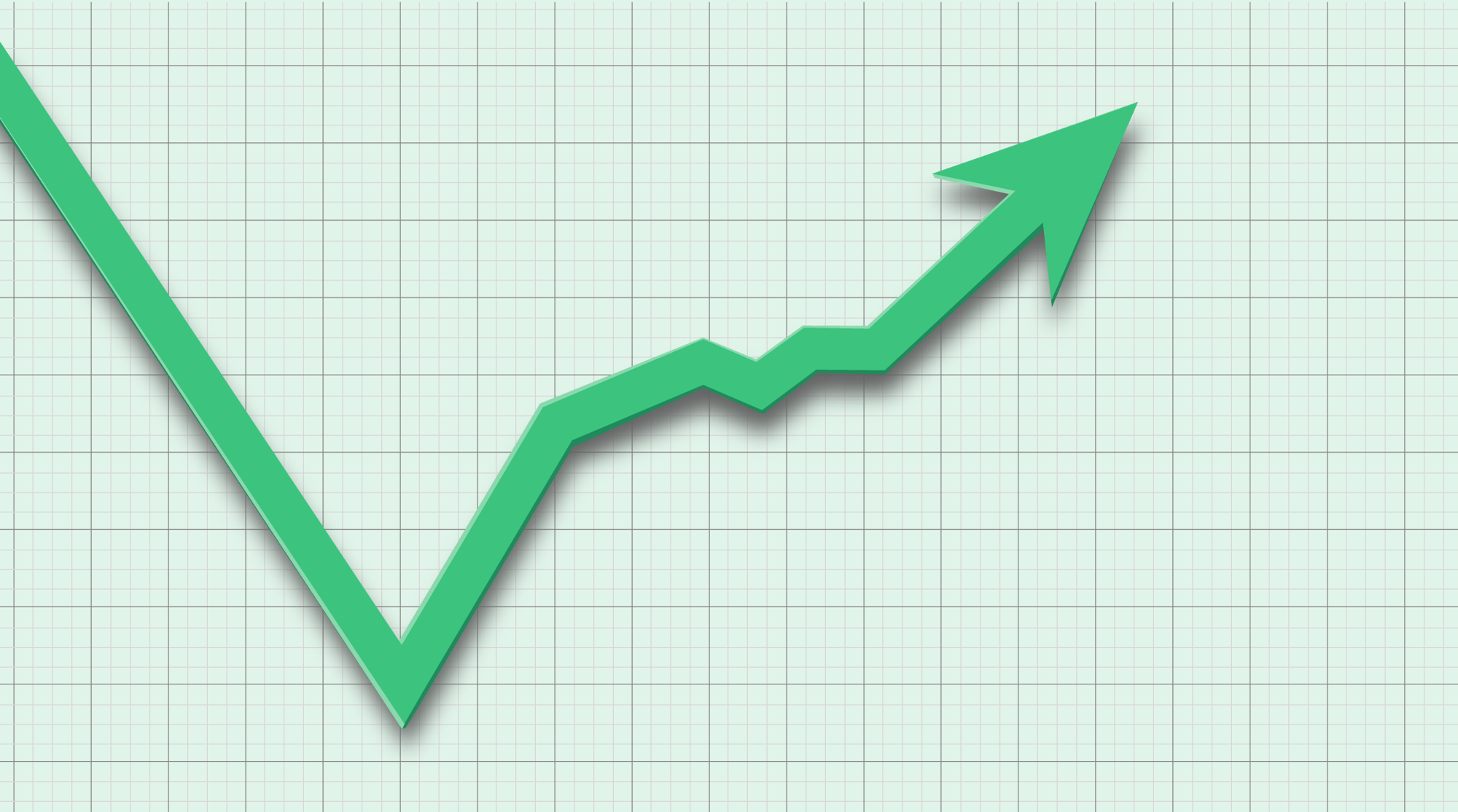

With the additional 372,000 jobs in Friday’s report from the Bureau of Labor Statistics, the U.S. economy is just a couple of good months away from recovering all the jobs it lost following the COVID-19 shutdowns in March 2020.
The losses and subsequent rebound are obvious to anyone looking at charts of the nation’s employment numbers, whether the timeline focuses on the pandemic era (below), or the past 86 years (above).
Most economists would say the proverbial finish line is many thousands of jobs farther ahead, considering how many jobs might have been created without a pandemic.
Still, we’re approaching a moment in time that might have seemed far away in the depths of 2020’s job losses.
How many jobs returned since COVID-19 shutdowns
With June’s numbers, employment growth moderated to a still-robust average of 383,000 jobs a month in the spring from about 600,000 the prior three months as the nation draws closer to recovering all 22 million jobs lost in the pandemic. It has now recouped 21.5 million, or 97.6%, and could reclaim the rest in the next couple of months.
Job gains were also steady throughout 2021 – even amid all the reports of the “Great Resignation” and the millions of unfilled jobs.
Wednesday’s Job Openings and Labor Turnover Survey from the BLS showed there were more than enough jobs for the U.S. workforce to surpass February 2020. There were nearly two jobs (11.3 million) in May for every unemployed person (5.95 million) looking for one.
OK, so that was “1 chart” mapped over two different periods, but there are a couple of other interesting charts from the June jobs report compared to February 2020.
Who hasn’t returned to the workforce?
A different survey in Friday’s jobs report gives a sense of the shifting demographics of the U.S. workforce since February 2020. In general, there are fewer white workers, women, 20-somethings and older workers.
June 2022 unemployment rate near February 2020 rate
Even with fewer people working in June compared with February 2020, the unemployment rates are nearly equal. That’s because there are also fewer people looking for jobs, which reduces the total number of workers who make up the rate.
________
SOURCE USA TODAY Network reporting and research; Bureau of Labor Statistics
Published
Updated
